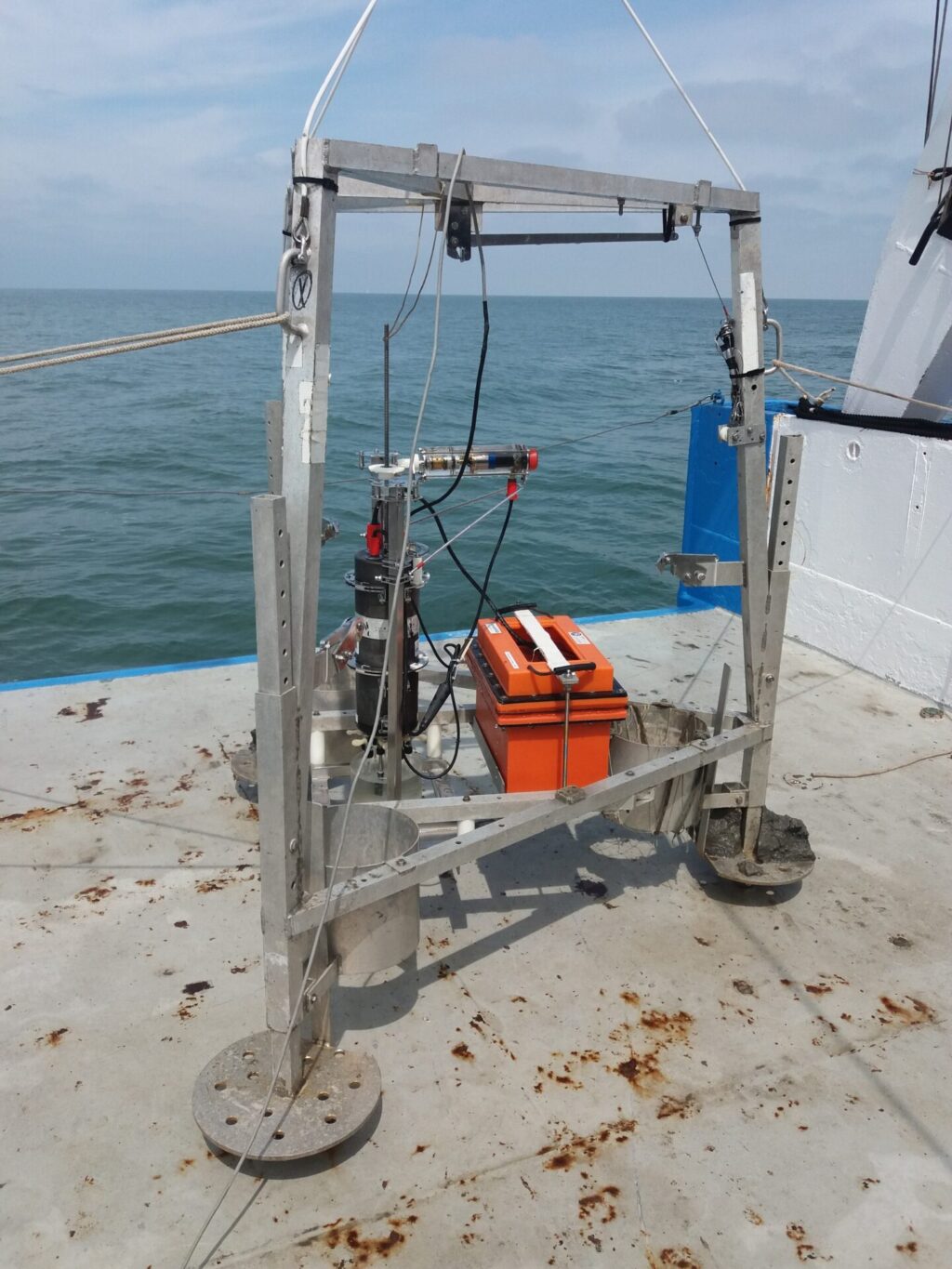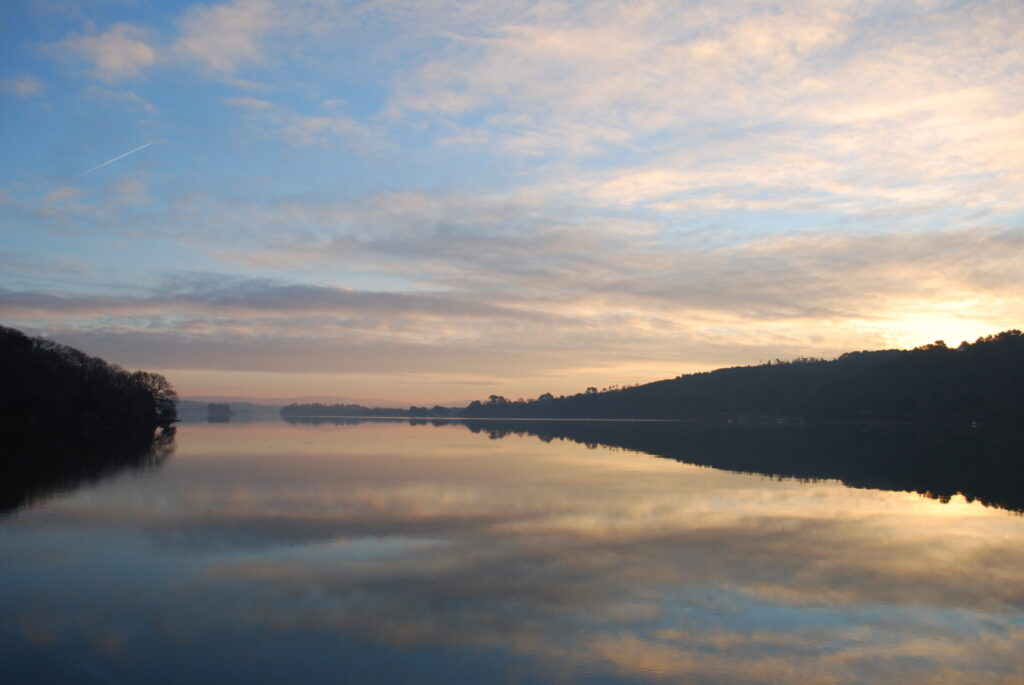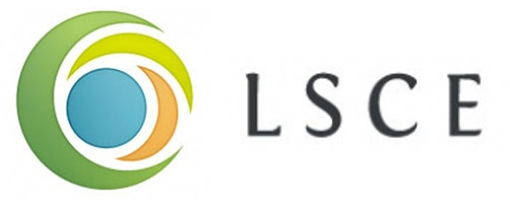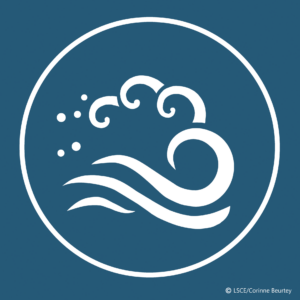The OCEANIS team is interested in the fate of organic and inorganic carbon in aquatic environments, particularly coastal environments, deltas and estuaries. These are located at the interface between the continent and the ocean and are prime sites for the deposition and recycling of matter brought by rivers. Using an original approach involving in situ measurements of oxygen and pH at the water-sediment interface, the OCEANIS team is studying the fate of particulate organic carbon in sediments. As coastal environments are subject to strong environmental variations, it is necessary to quantify the role of sediments in the biogeochemical carbon cycle in relation to ongoing climate change. It is also for this reason that we are quantifying the impact of acidification of the coastal environment, the stability of carbonate phases in the sediment and any feedback to the water column.
Benthic profilor
With this in mind, the group is using a benthic profiler (Lander Unisense) to measure oxygen concentrations at very high vertical resolution (100 or 200 µm), as well as pH, sulphide and resistivity, to depths of several centimetres, giving it access to the mineralisation of organic matter. This benthic profiler can also take measurements at depths of up to 6,000 metres. The team, in conjunction with INSU’s Technical Division, is also developing its benthic profiler to equip the Mediterranean Institute of Oceanography’s BathyBot robot (immersed at a depth of 2,500 m off Toulon) or to equip the underwater robots in the nationwide DeepSea’Nnovation project.

At the same time, the OCEANIS team is part of the current movement to develop high-frequency observation stations for the coastal environment and has set up a sediment observatory: the Station Benthique. This station was developed in partnership with the Technical Division of INSU-Meudon and is used to carry out space-time series of the micro-distribution of oxygen (a proxy for carbon recycling) in sediments in order to study the biogeochemical response to extreme events such as floods or storms. This station is deployed near the mouth of the Rhône at a depth of 20 m, for immersion periods of 3 months.
The OCEANIS team is therefore interested in the processes of oxic and anoxic mineralisation and the interaction with the carbonate system in sediments, using the composition of pore water from interface cores (90 cm long maximum). The group measures various parameters such as DIC (Dissolved Inorganic Carbon), alkalinity, ammonium, nitrates, sulphates and phosphates in very small volumes. These data are then fed into diagenetic process models that provide information on the rates and proportions of reactions in the sediment, interactions between chemical species and fluxes at the water-sediment interface.

Research on all aquatic environments
The OCEANIS team has been studying the fate of sediments in the Rhône prodelta in the Mediterranean since 2006, resulting in 4 theses and a dozen scientific articles, and the mouth of the Mississippi in the Gulf of Mexico. The team also applies its skills to studies of a wide range of aquatic environments, including rivers (Grand Morin), lakes (Lac Pavin, Lac du Bourget, Plan d’eau de Saint-Clément), lagoons (Thau, Venice), estuaries (Loire, Elorn, l’Aulne, Loch Creran-Scotland) and very deep environments (Svalbard, Kerguelen, Congo Canyon, Mayotte, etc.).
The OCEANIS team maintains a large number of national and international partnerships, including IPGP, IFREMER and IUEM in Brest, the University of Angers, Xiamen University in China, the School of Earth & Atmospheric Sciences at the Georgia Institute of Technology, the University of Venice and the Alfred Wegener Institute.
The OCEANIS team is a major user of the nautical resources of the French oceanographic fleet and has taken part in or organised a number of major programmes, including the CONGOLOBE programme (off the coast of Congo), the MERMEX programme (Mediterranean), the COBO programme (Scotland), the COCOA programme (Sweden) and, more recently, the MissRhoDia programme to compare the Rhône and Mississippi rivers. The OCEANIS team is now coordinating the RioMAr project of the PPR Océan until 2028 and is participating in the European REWRITE project on coastline renaturalisation and carbon sequestration.

